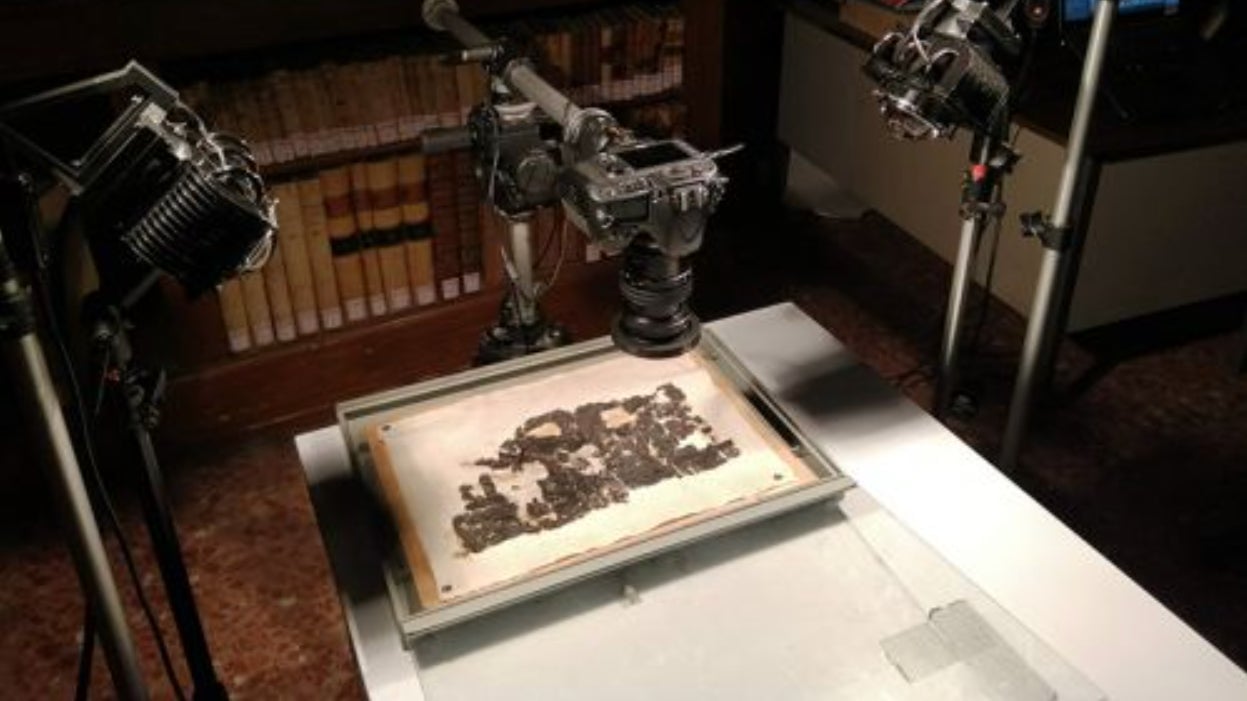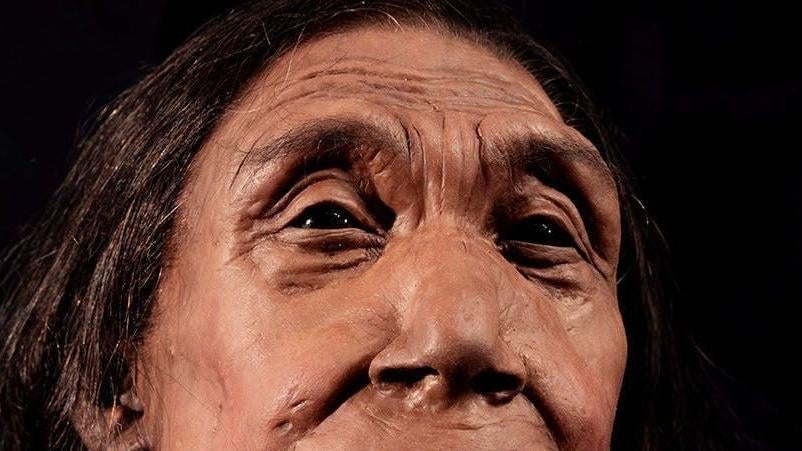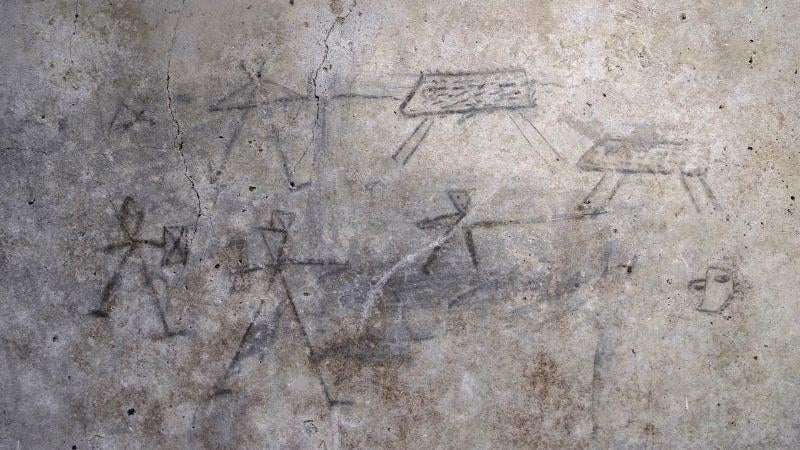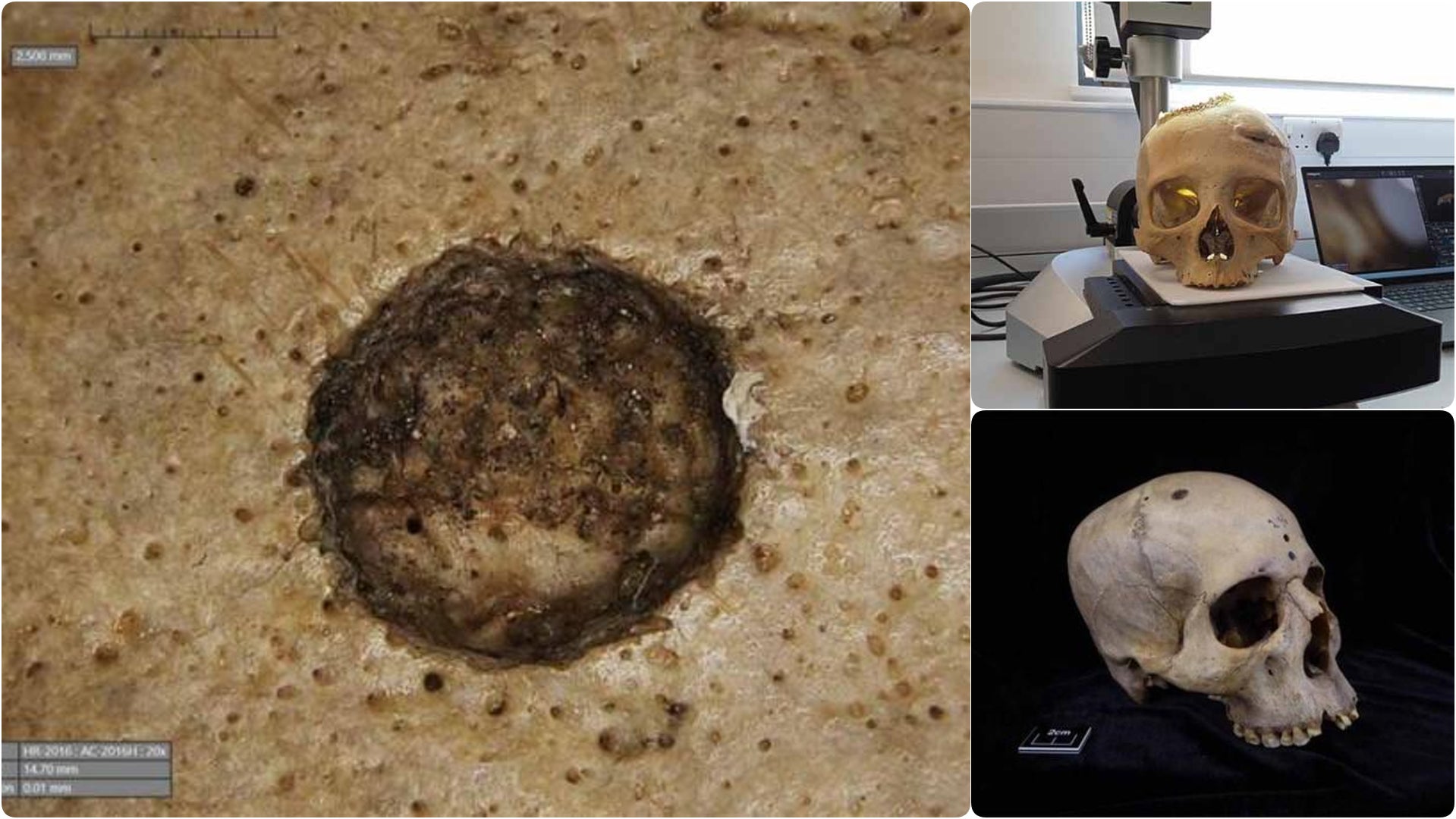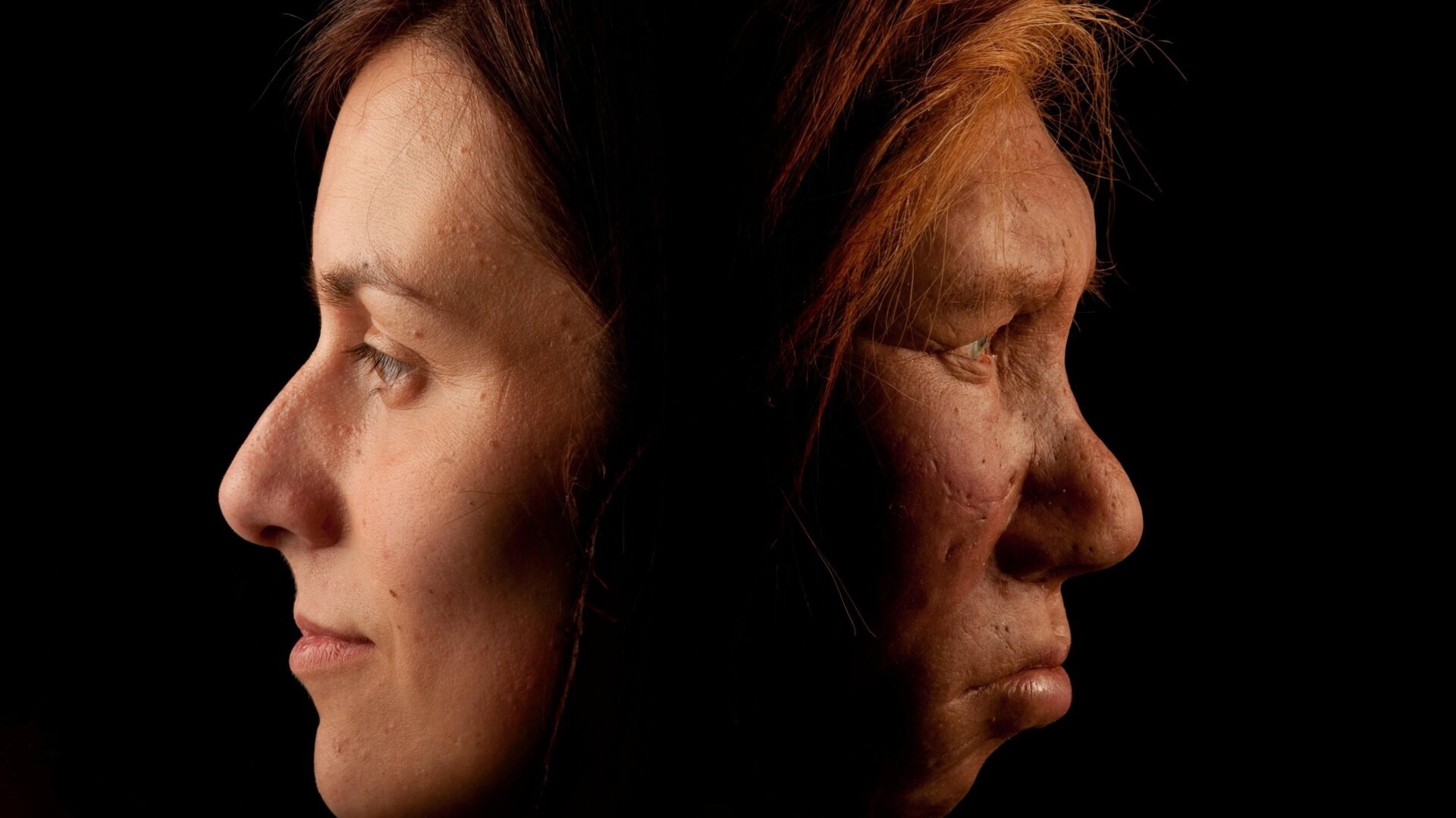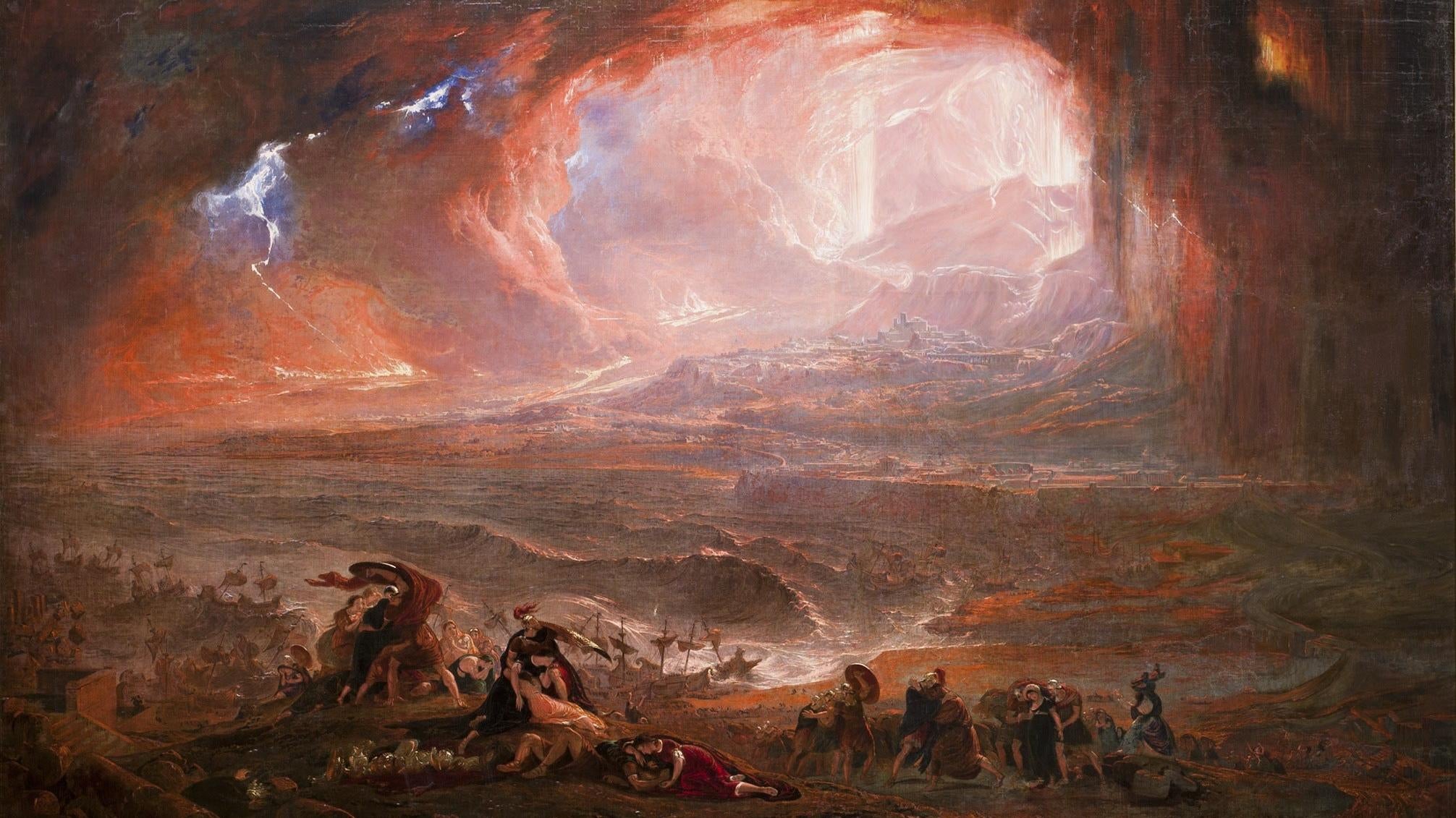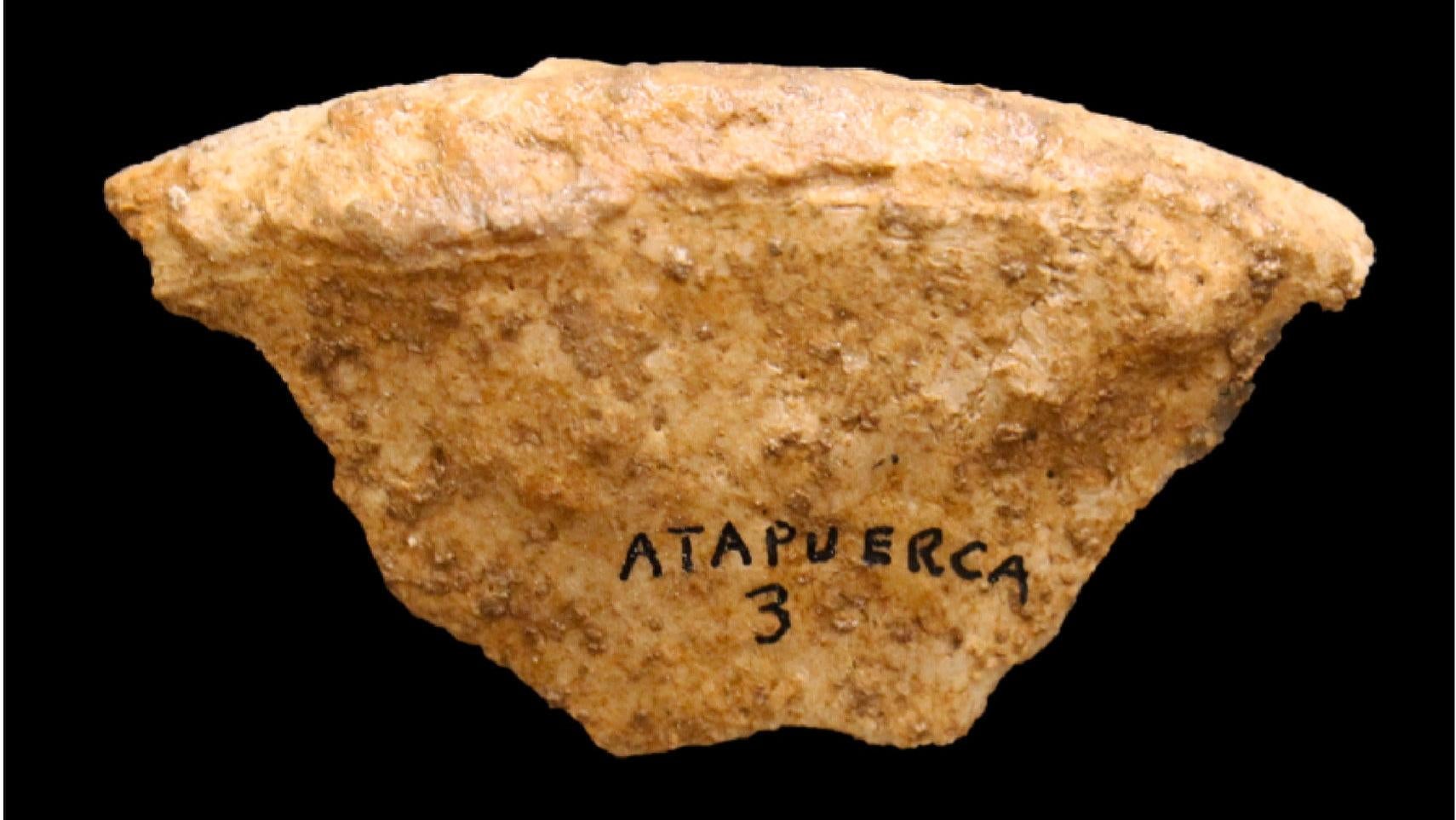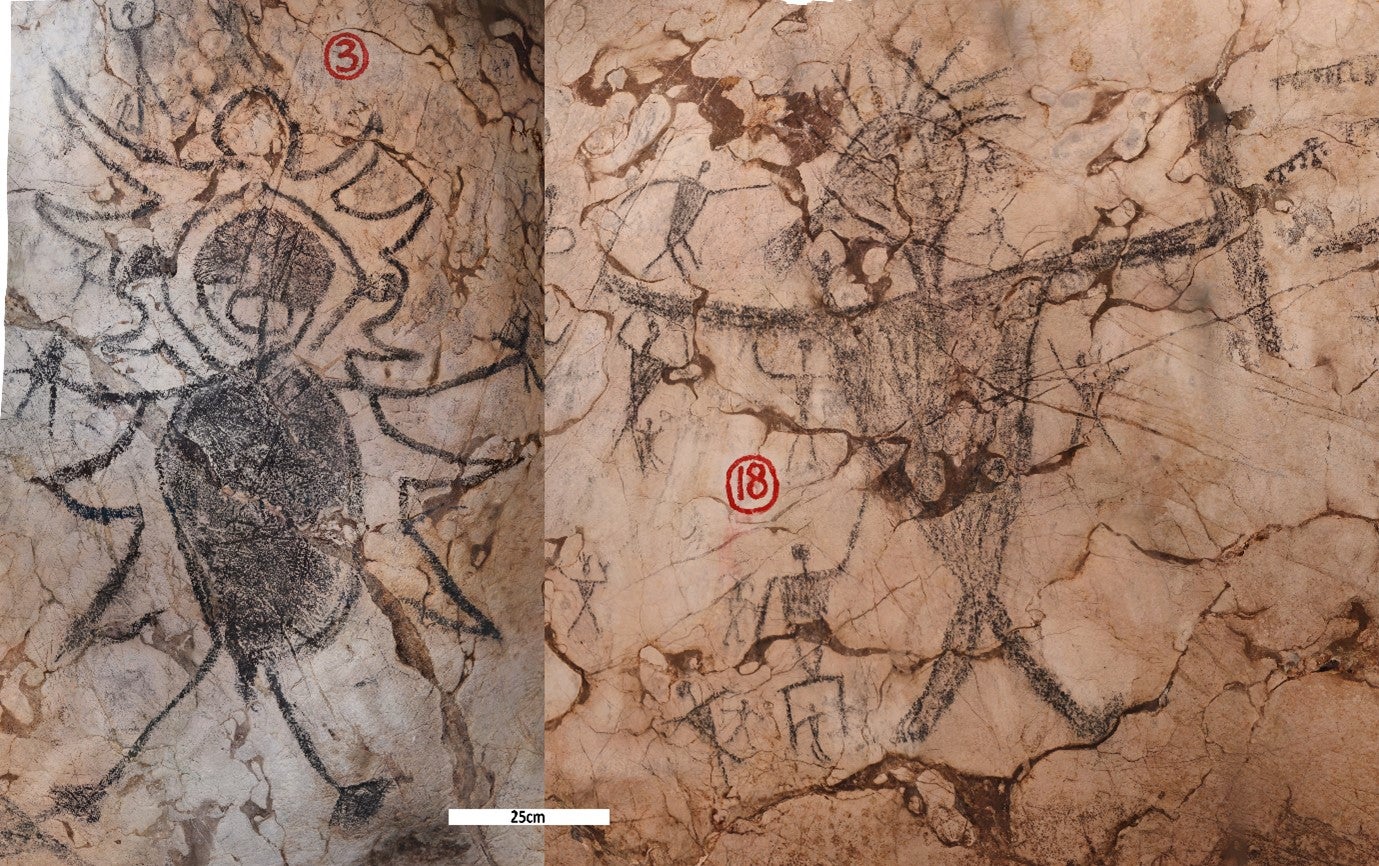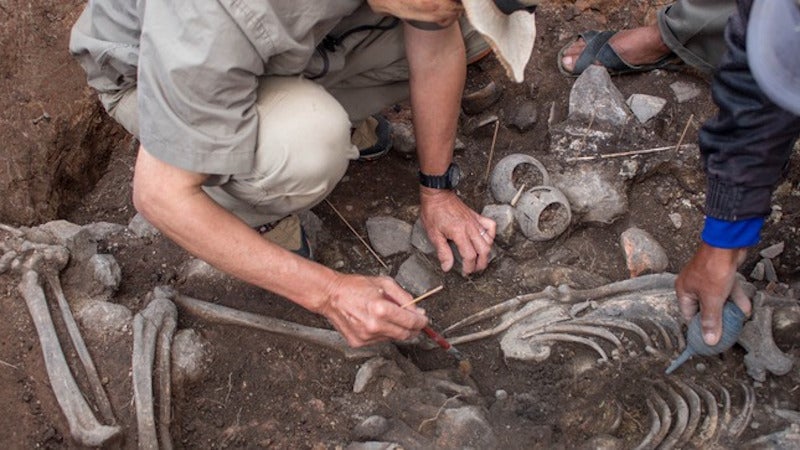The renowned Greek philosopher Plato, student of Socrates and teacher of Aristotle, passed away nearly 2,400 years ago, leaving behind a significant body of work encompassing political philosophy, aesthetics, ethics, and even the mythical Atlantis. Researchers recently announced a groundbreaking discovery: the identification of Plato’s burial place and details of his final moments, gleaned from a nearly 2,000-year-old document carbonized by the eruption of Mount Vesuvius.
The catastrophic eruption of Mount Vesuvius in 79 AD buried the Roman towns of Pompeii and Herculaneum under volcanic ash, preserving their inhabitants and artifacts in a tragic time capsule. Among the treasures unearthed at Herculaneum is the Villa of the Papyri, a villa containing a vast library of scrolls. These scrolls, carbonized by the intense heat, have remained largely unreadable for centuries.
Researchers with the Greek Schools research project have employed cutting-edge technology, including optical coherence tomography and infrared hyperspectral imaging, to decipher the text hidden within these fragile scrolls. So far, approximately 1,000 words have been recovered, shedding light on Plato’s final days and the location of his burial.
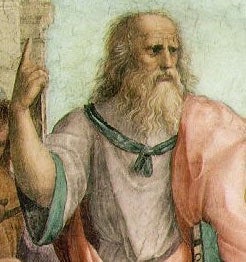 Plato, as depicted in Raphael’s “The School of Athens.”
Plato, as depicted in Raphael’s “The School of Athens.”
The papyrus was written by Philodemus of Gadara, a poet and philosopher residing in Herculaneum. While it was known that Plato was interred on the grounds of the Academy, the philosophical school he founded in Athens, the exact location remained a mystery. According to Graziano Ranocchia, a papyrologist at the University of Pisa and the project’s lead researcher, the deciphered text suggests that Plato was laid to rest in a private garden near the Academy’s shrine to the Muses. The Academy itself was destroyed by the Roman general Sulla approximately 300 years later, and its archaeological remnants are now situated in Akadimia Platonos, an Athenian neighborhood located about two miles from the Acropolis.
New Insights into Plato’s Life and Death
The newly translated text also provides alternative dates for Plato’s enslavement, proposing either 404 BCE or 399 BCE, instead of the commonly accepted date of 387 BCE. Furthermore, the scroll offers a poignant glimpse into Plato’s final night. “He was running a high fever and was bothered by the music they were playing,” Ranocchia revealed in an ANSA release.
A Thracian musician was playing the flute, attempting to soothe the ailing philosopher, but Plato was apparently displeased with the performance, remarking on the musician’s “scant sense of rhythm.”
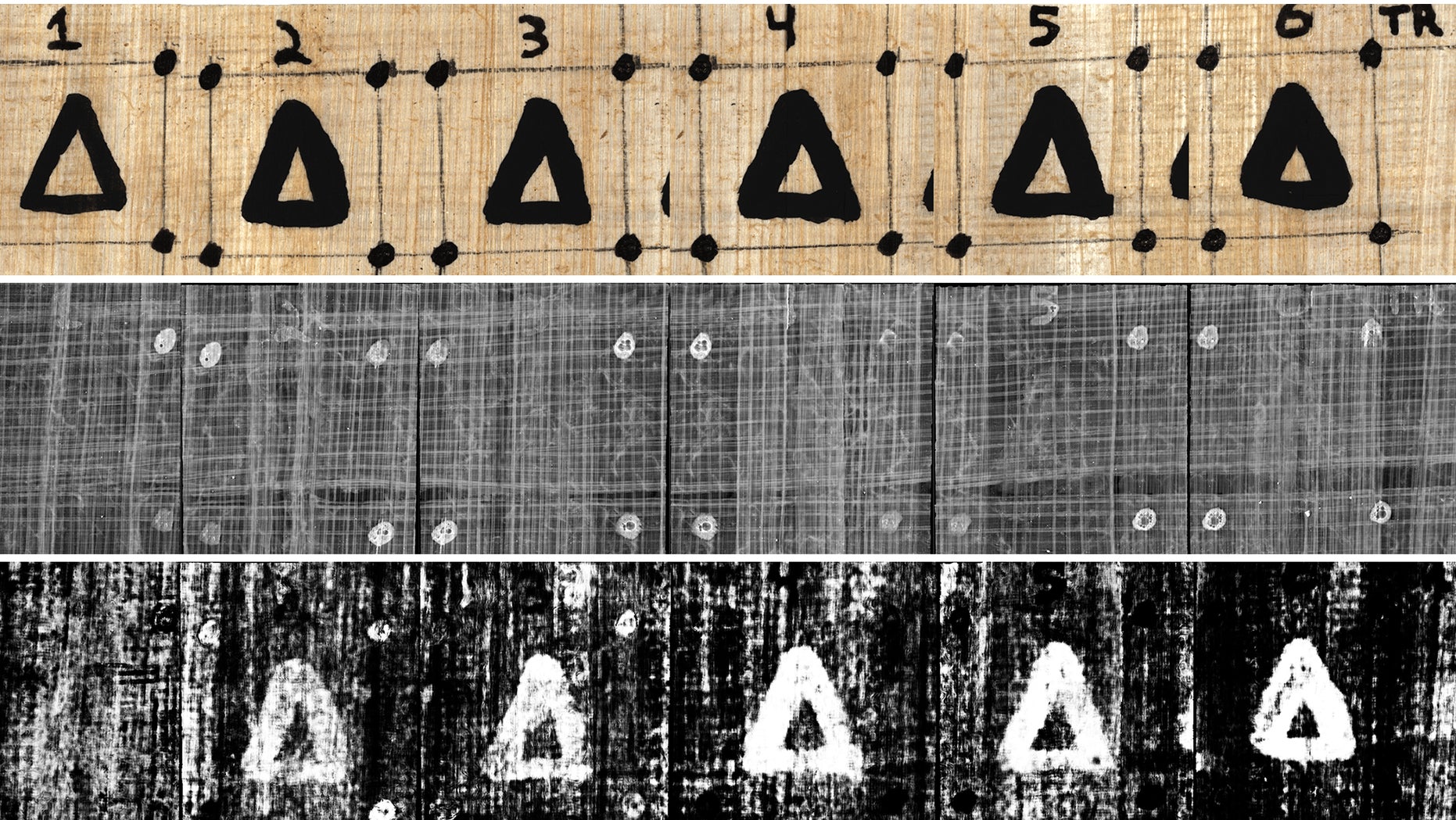 Top to bottom: A reference photograph of delta symbols, an integral texture image, and a network-generated carbon ink prediction image.
Top to bottom: A reference photograph of delta symbols, an integral texture image, and a network-generated carbon ink prediction image.
AI-Powered Decipherment of Ancient Texts
Artificial intelligence is playing a crucial role in the digital unwrapping of these delicate scrolls, which are often too fragile to be physically unrolled. Early attempts to unwrap the scrolls, discovered by a farmworker in 1750, resulted in their partial destruction, leading to the irreversible loss of some of their contents. Last year, the successful translation of the word “purple” from an unopened papyrus scroll, aided by AI, earned its discoverer a $40,000 prize.
This virtual unwrapping technique is being employed in other contexts as well. In 2015, researchers at the University of Kentucky utilized X-ray tomography and computer vision, a branch of artificial intelligence that enables machines to “see” and extract information from visual data, to read a Dead Sea scroll without physically opening it.
A Promising Future for Ancient Text Recovery
Previous digital decipherment efforts on the Herculaneum scrolls employed neural networks to identify the presence of ink. As computer vision and other AI technologies continue to advance, researchers will gain increasingly sophisticated tools for non-invasively exploring these fragile documents. This not only allows us to learn more about the ancient world but also ensures the preservation of these invaluable artifacts for future generations of scholars and imaging techniques.



